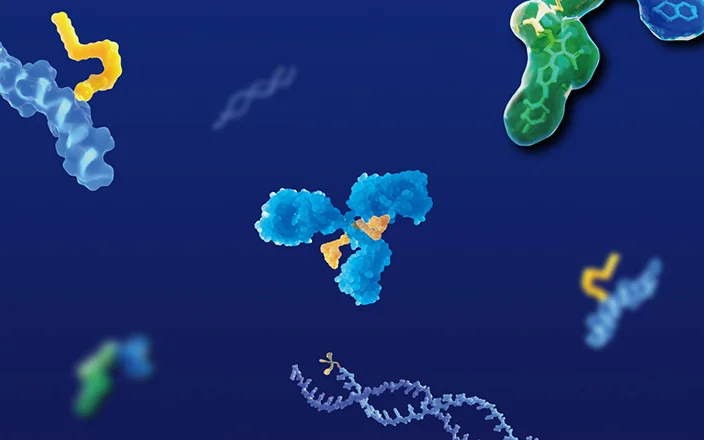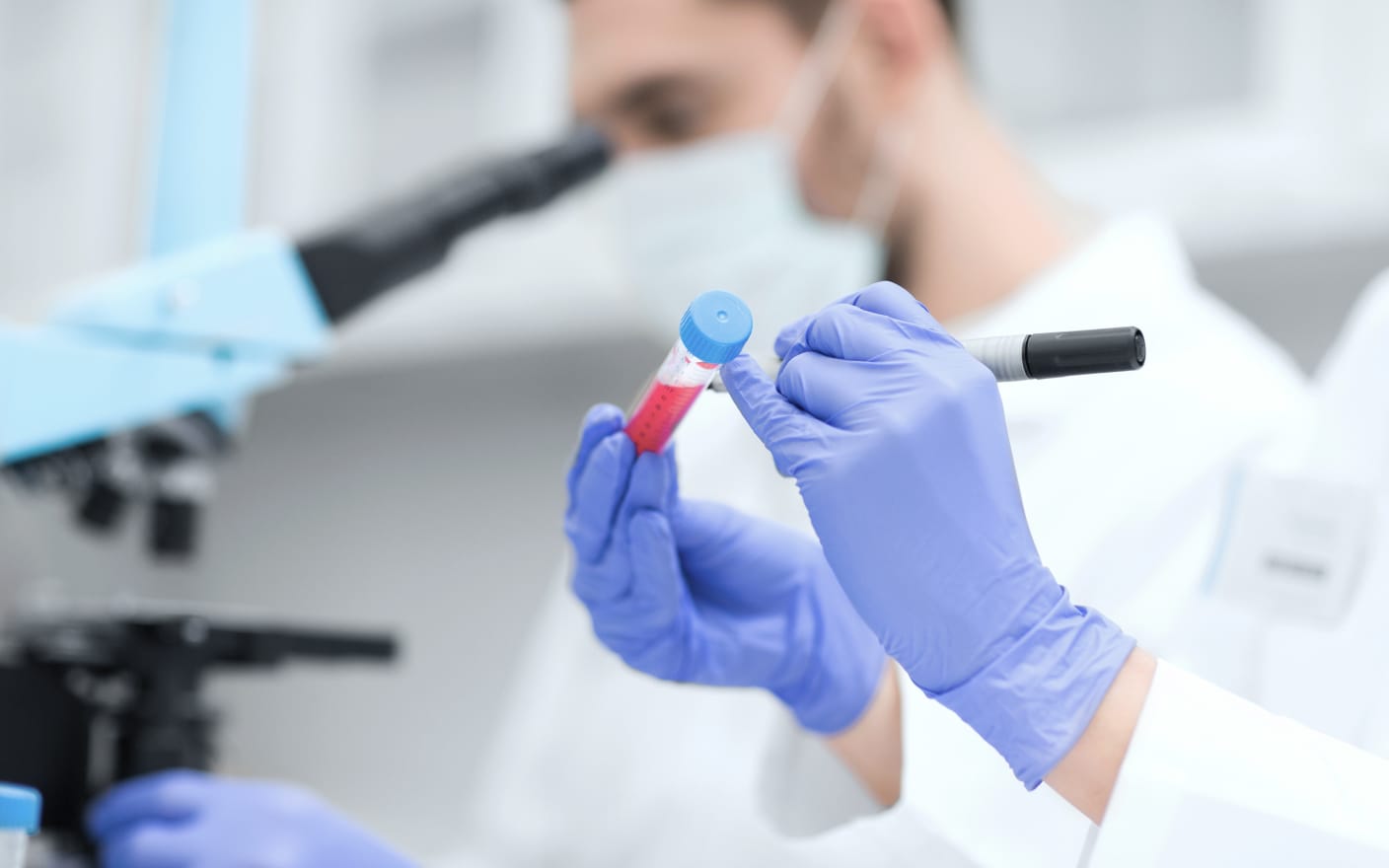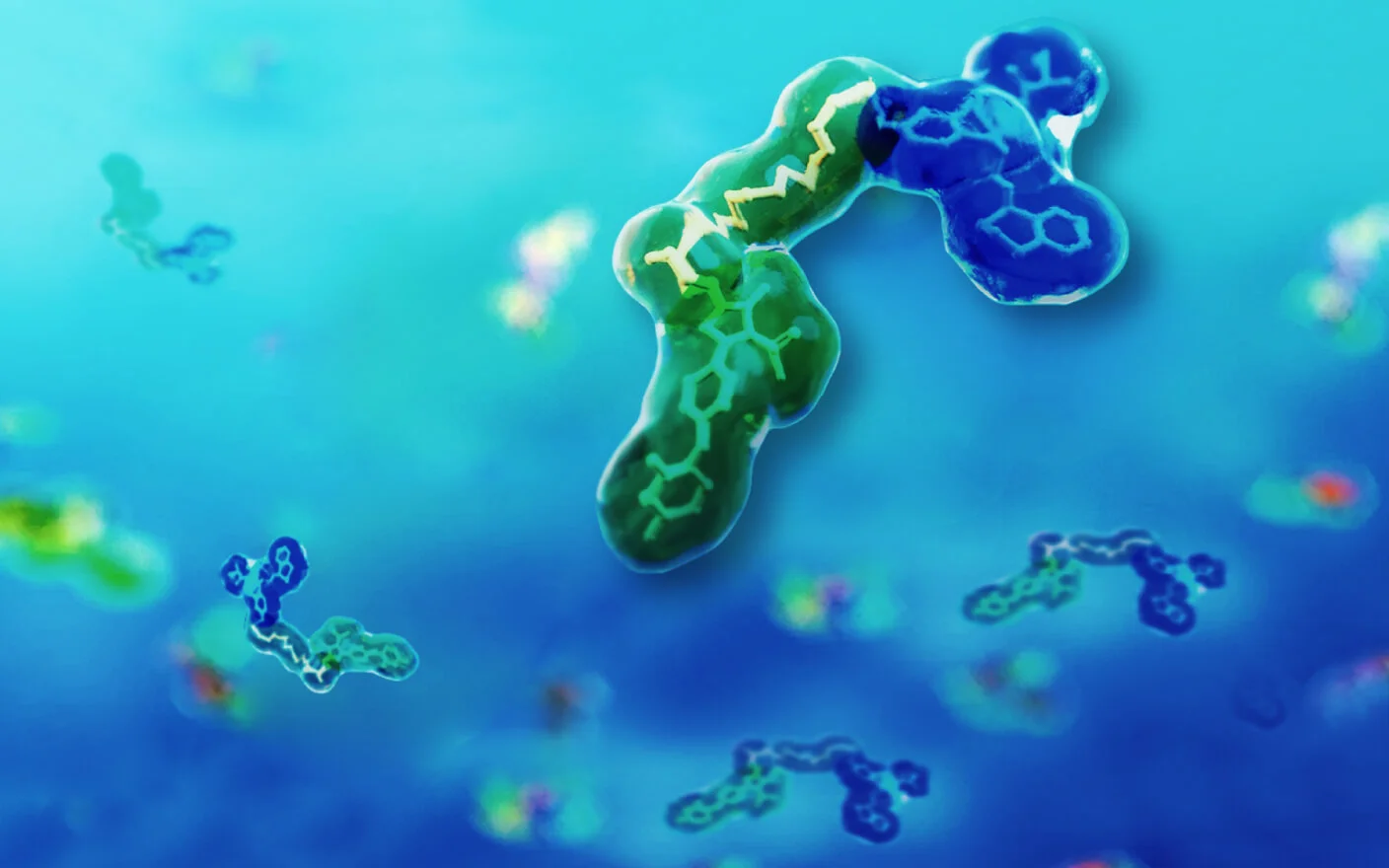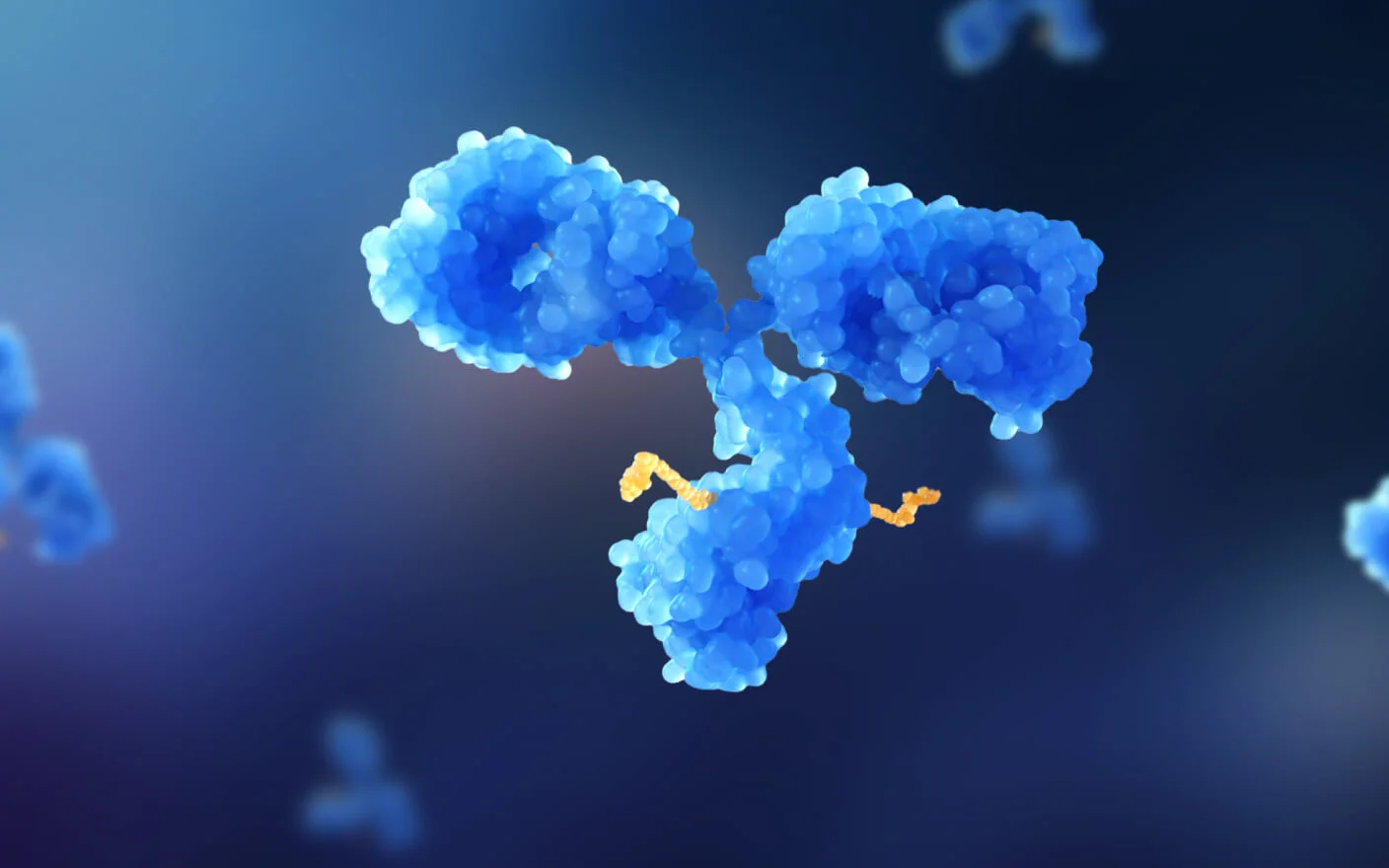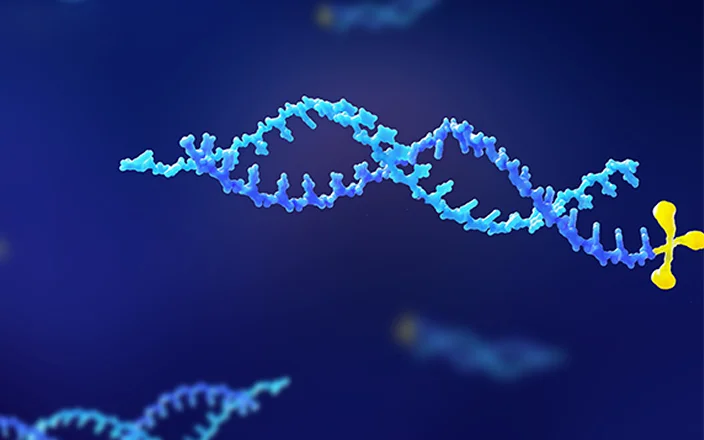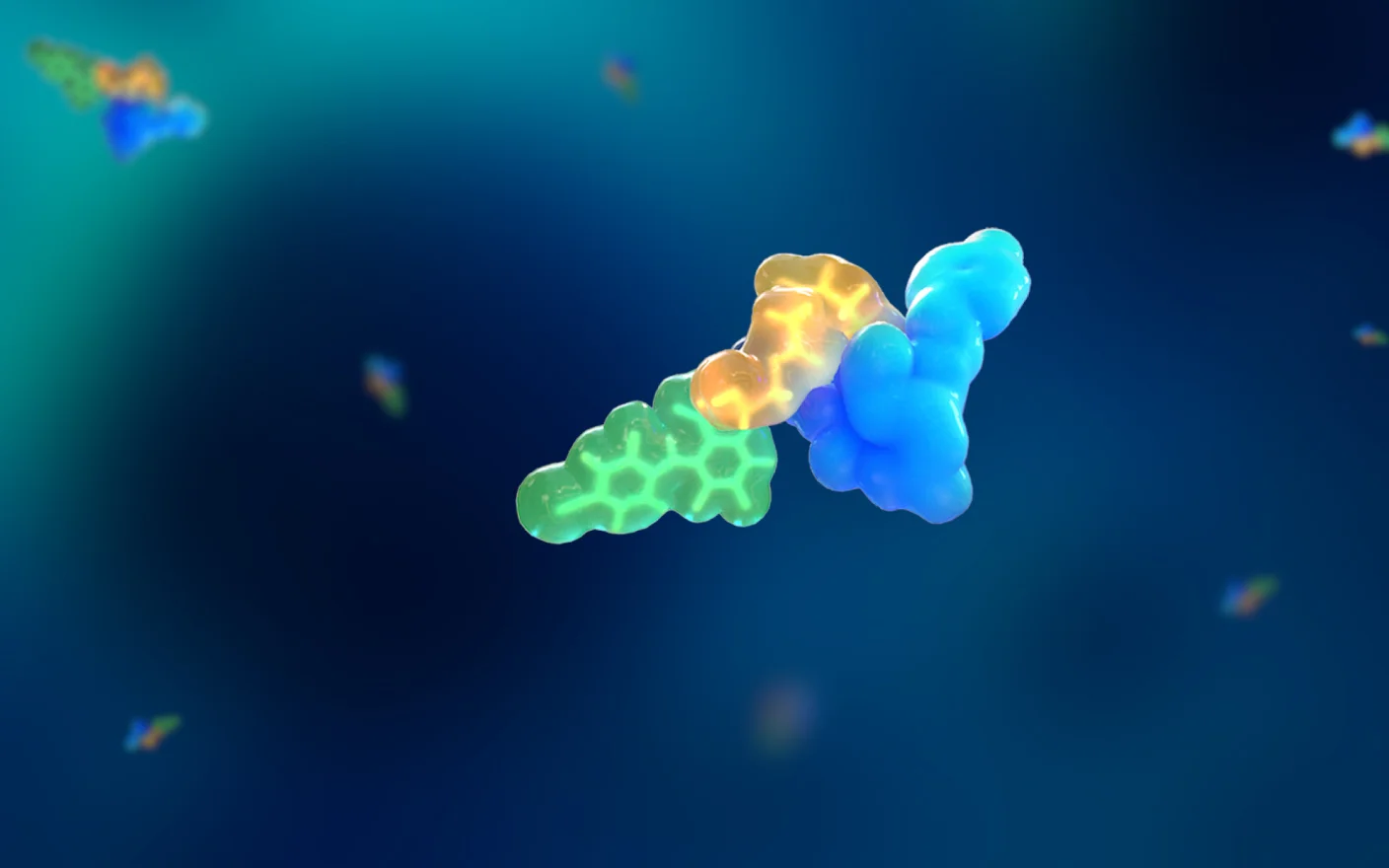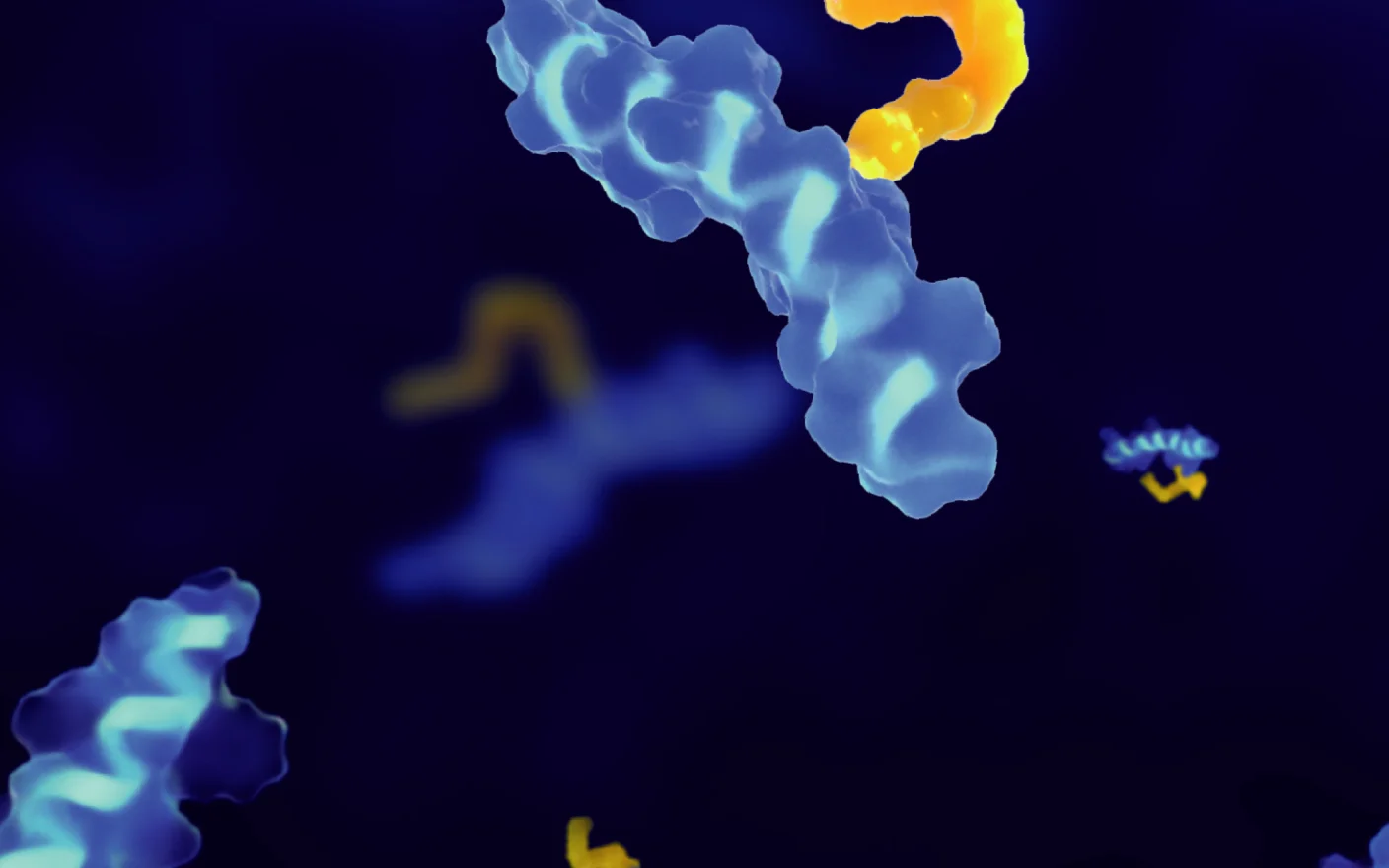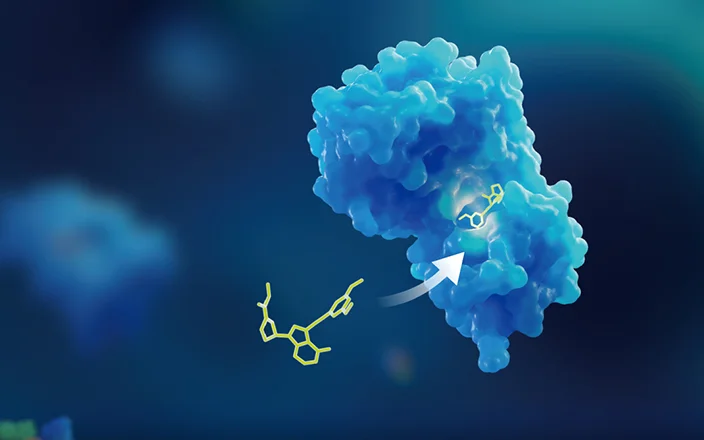The field of RNA-based therapeutics has witnessed remarkable advancements in recent years, with GalNAc-conjugated siRNAs emerging as a promising class of drugs. These molecules hold immense potential for treating a wide range of diseases by silencing specific, disease-associated genes. However, understanding the metabolic stability and pathways of these siRNAs is critical for their successful development and optimization.
A recent study published in Drug Metabolism and Disposition by Dr. Zhang et al., from WuXi AppTec DMPK, addresses a critical challenge: improving the predictability of in vitro metabolic models for in vivo metabolism outcomes. Titled “Comparative Metabolism of a GalNAc-Conjugated siRNA, Inclisiran, Among Various In Vitro Systems and Correlations with In Vivo Metabolism in Rats”, the paper systematically evaluates which in vitro systems best estimate in vivo conditions. Here’s a breakdown of the key insights and why they matter.

The Challenge of Predicting siRNA Therapeutics’ Metabolism In Vivo
Small interfering RNAs (siRNAs), such as Inclisiran, hold immense promise for silencing disease-causing genes. However, their metabolic stability varies widely depending on biological environments. Traditional in vitro models often fail to mimic these complexities, leading to discrepancies that prolong drug development. This study aimed to identify systems that reliably predict both blood and liver metabolism, where GalNAc-conjugated siRNAs were primarily metabolized.
In Vitro Models Evaluated
The team tested a range of systems reflecting Inclisiran’s path from injection to hepatocyte uptake and RISC-loading in cytosol:
-
Blood Compartment Models: Serum, heparin- or EDTA-anticoagulated plasma.
-
Liver Subfractions: Homogenate, S9 fractions, tritosomes, lysosomes, cytosol.
-
Cellular Models: Plated hepatocytes.
Each system was assessed for its ability to replicate metabolites observed in rat plasma and liver in vivo.
Key Findings: Optimal Models for Blood and Liver Metabolism for siRNA Therapeutics
Blood Metabolism: Heparin-anticoagulated plasma and serum emerged as the most reliable models for mimicking nucleolytic metabolism in blood. Both systems produced the primary metabolite, AS 3' n-1, aligning closely with in vivo plasma profiles. In contrast, EDTA-anticoagulated plasma inhibited nuclease activity due to metal ion chelation, rendering it unsuitable for metabolic studies.
Liver Metabolism: To establish suitable in vitro models to simulate the in vivo liver metabolism of Inclisiran, several effective systems were optimized and identified to closely emulate in vivo rat liver metabolic conditions. These include:
-
Liver Homogenate in Phosphate Buffer (pH 6.0)
-
Tritosomes in Acetate Buffer (pH 5.0)
-
Plated Hepatocytes with optimized incubation conditions
Cross-Species Relevance and Future Directions
The study also validated these models in human and monkey liver homogenates, revealing similar metabolic patterns under optimized conditions. Notably, a deamination metabolite was detected in primates but not in rodents, underscoring the need for species-specific verification to avoid unexpected clinical outcomes.
Looking ahead, the team emphasizes the importance of validating these in vitro models across different species, particularly human systems, to ensure their translational relevance. Future studies could also explore mechanistic insights into the metabolism of GalNAc-siRNA, focusing on enzyme-specific contributions, intracellular trafficking pathways, and degradation mechanisms. This would provide a deeper understanding of the metabolic fate of siRNA therapeutics, ultimately aiding in the optimization of oligonucleotide drug design and development.
Final Thoughts
This study highlights the importance of selecting appropriate in vitro models and conditions to predict the in vivo metabolism of GalNAc-conjugated siRNAs. By performing metabolic stability evaluation and metabolite identification studies using optimized in vitro models, researchers can gain deeper insights into the metabolic characteristics of siRNA therapeutics, leading to more effective and safer drug candidates.
Interested in designing your oligonucleotide metabolism studies? Connect with the WuXi AppTec DMPK team to leverage these insights for your next project.
Committed to accelerating drug discovery and development, we offer a full range of discovery screening, preclinical development, clinical drug metabolism, and pharmacokinetic (DMPK) platforms and services. With research facilities in the United States (New Jersey) and China (Shanghai, Suzhou, Nanjing, and Nantong), 1,000+ scientists, and over fifteen years of experience in Investigational New Drug (IND) application, our DMPK team at WuXi AppTec are serving 1,600+ global clients, and have successfully supported 1,700+ IND applications.
Related Services and Platforms




-

 MetID (Metabolite Profiling and Identification)Learn More
MetID (Metabolite Profiling and Identification)Learn More -

 Novel Drug Modalities DMPK Enabling PlatformsLearn More
Novel Drug Modalities DMPK Enabling PlatformsLearn More -

 In Vitro MetID (Metabolite Profiling and Identification)Learn More
In Vitro MetID (Metabolite Profiling and Identification)Learn More -

 In Vivo MetID (Metabolite Profiling and Identification)Learn More
In Vivo MetID (Metabolite Profiling and Identification)Learn More -

 Metabolite Biosynthesis and Structural CharacterizationLearn More
Metabolite Biosynthesis and Structural CharacterizationLearn More -

 Metabolites in Safety Testing (MIST)Learn More
Metabolites in Safety Testing (MIST)Learn More -

 PROTAC DMPK ServicesLearn More
PROTAC DMPK ServicesLearn More -

 ADC DMPK ServicesLearn More
ADC DMPK ServicesLearn More -

 Oligo DMPK ServicesLearn More
Oligo DMPK ServicesLearn More -

 PDC DMPK ServicesLearn More
PDC DMPK ServicesLearn More -

 Peptide DMPK ServicesLearn More
Peptide DMPK ServicesLearn More -

 mRNA DMPK ServicesLearn More
mRNA DMPK ServicesLearn More -

 Covalent Drugs DMPK ServicesLearn More
Covalent Drugs DMPK ServicesLearn More
Stay Connected
Keep up with the latest news and insights.




